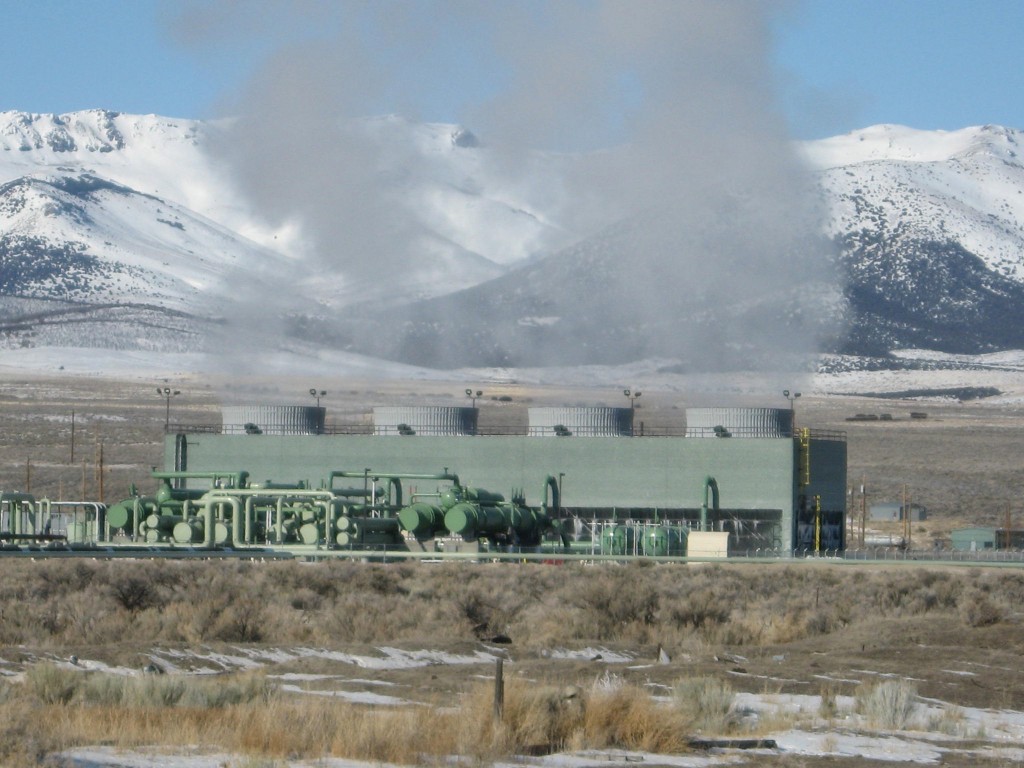Idaho sees a run on geothermal leases on state lands
There is an increasing interest in geothermal development in the state of Idaho, as show in more than 80 applications for geothermal leases just in recent weeks.
News from state of Idaho say that there is an increasing interest in geothermal development in the state, as the state has received more than 80 applications for geothermal leases just in recent weeks.
In the news it says that “Idaho is [now] retooling its geothermal lease rules in hopes of eventually making millions for schools, the main beneficiary of earnings from the state’s endowment lands.
Two North Idaho lawmakers laid the groundwork for this two years ago with legislation to promote all kinds of alternate energy development on state endowment lands, from wind on the plains to biomass in the forests.
“Anytime you do that on endowment lands you win,” said Rep. Eric Anderson, R-Priest Lake, who co-sponsored the bill two years ago with Rep. Bob Nonini, R-Coeur d’Alene. “We’ve got to find other resources for schools, and I think this is a big part of that puzzle.”
Idaho has long tapped into its plentiful natural underground hot water to heat homes, swimming pools, office buildings and even the state Capitol; the first well in the Boise Warm Springs Hot Water District was drilled in 1891. But with the advent of the state’s first commercial geothermal electric power generating plant at Raft River, near the Utah border, the state’s natural store of underground heat is prompting a lot more interest.
“Raft River was the breakthrough – it proved what our potential is,” said Gov. Butch Otter. “We’ve probably got as much hot water under Idaho as any state in the Union except Hawaii, and that’s great.”
The Raft River plant, a 13-megawatt generating facility on private land operated by U.S. Geothermal Inc., has been up and running for two years. Expansion is in the works.
When the Western Governors Association surveyed geothermal resources in Western states, it estimated that Idaho has 855 megawatts of “near-market, reasonably priced geothermal power potential.” Only California and Nevada had more.
The U.S. Bureau of Land Management has been auctioning off leases for geothermal resources on federal land it oversees and has made more than $57?million from 2007 to 2010 in Idaho and nearby states from premium bids. Idaho, however, has made only $60,000 a year in rent payments from its state-land geothermal leases, because out-of-date rules don’t call for auctions except in a declared “known geothermal resource area.”
Last week, the Idaho State Land Board, which Otter leads, voted unanimously to declare a known geothermal resource area for the entire southern half of the state. That’ll allow auctions to capture some money for the state’s schools.
“We’ve got to be in the same competitive mode as the BLM, and that is auction,” Anderson said. “I can’t even tell you how pleased I am with what the Land Board did.”
And that was just a stopgap measure; new geothermal leasing rules and laws, which the board will begin reviewing in August, are in the works.
The current system, with dollar-an-acre rents but 10 percent royalties if the leases ever produce, has prompted speculators to take out leases and sit on them rather than developing them. BLM royalties are much lower: 1.75 percent for the first 10 years of production, then 3.5 percent after 10 years.
Eric Wilson, a state Lands staffer, said it’s clear Idaho’s rules need updating. “Those rates were set back in the ’70s, and they really didn’t understand what geothermal was capable of,” he said.
Geothermal power is very expensive to develop, with wells needing to extend down thousands of feet to reach stores of water hot enough for power generation. But once it’s up and running, it’s a 24-7 power source with extremely low operating costs and no carbon footprint.
Idaho has issued 63 geothermal leases on state endowment lands since 2007. The only one that’s producing now is heating the state Capitol and state office buildings.
The Idaho Department of Water Resources has identified six Southern Idaho locations that could generate up to 850 megawatts from geothermal power, and 19 more with potential.
State Superintendent of Schools Tom Luna noted that Wyoming has found riches for its schools from oil and gas revenues. “You could hit the natural resource lottery like Wyoming – look what they’ve done for their education system,” he said.
“The geothermal lease applications are continuing to arrive faster than we can evaluate them,” Wilson said.”
Source: The Spokesman-Review


















